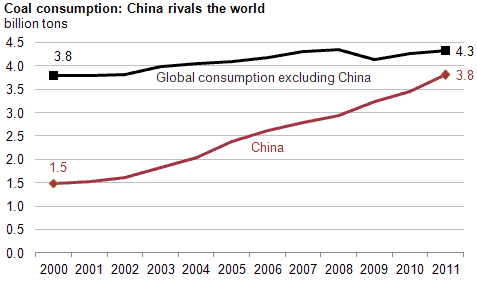The Chinese government sort of took everyone by surprise after it made a most unaccustomed statement; it admitted the country isn’t fairing that well. Oh, no, don’t worry. They still got plenty of money and loads to collect still. What’s beginning to be revealed is the cost of China’s new found prosperity and accelerated industrialization: of course, it’s pollution. Apparently, a fifth of all China’s arable land is contaminated with heavy metals and other pollutants that make any food grown on the land poisonous, putting the population at grave risk .
The announcement was made by the country’s Ministry of Environmental Protection and the Ministry of Land and Resources. The results came after samples were collected from farm lands on about 630 square km of land across the country, except Hong Kong, Macao and Taiwan, part of a survey which began in 2005 and was repeated each year. “The main pollution source is human industrial and agricultural activities,” the report said.

Contamination occurred from a variety of sources according to each region. Places where mines and factories are present are contaminated with industrial waste, while farmlands near highways are polluted by noxious fumes expelled by vehicles. The farmers themselves are an important source of pollution to the soil because of their improper use of fertilizers and animal waste.
China is considered the most polluted country in the world. Everybody’s heard about the Beijing smog, but unlike air pollution, soil pollution is even more alarming because it’s both very hard to mitigate and important to contain since the food chain is dependent on it.
About 82.8 percent of the polluted land is contaminated by inorganic materials and the top three pollutants are cadmium, nickel and arsenic. Much of the pollution is concentrated in the Yangtze and Pearl River Deltas—key sources of water in the country and home to millions of people—as well as in parts of the south where much of China’s rice is grown. Last year, half of all samples of rice in Guangzhou were found to have poisonous levels of cadmium, a chemical that can cause kidney failure when ingested.






